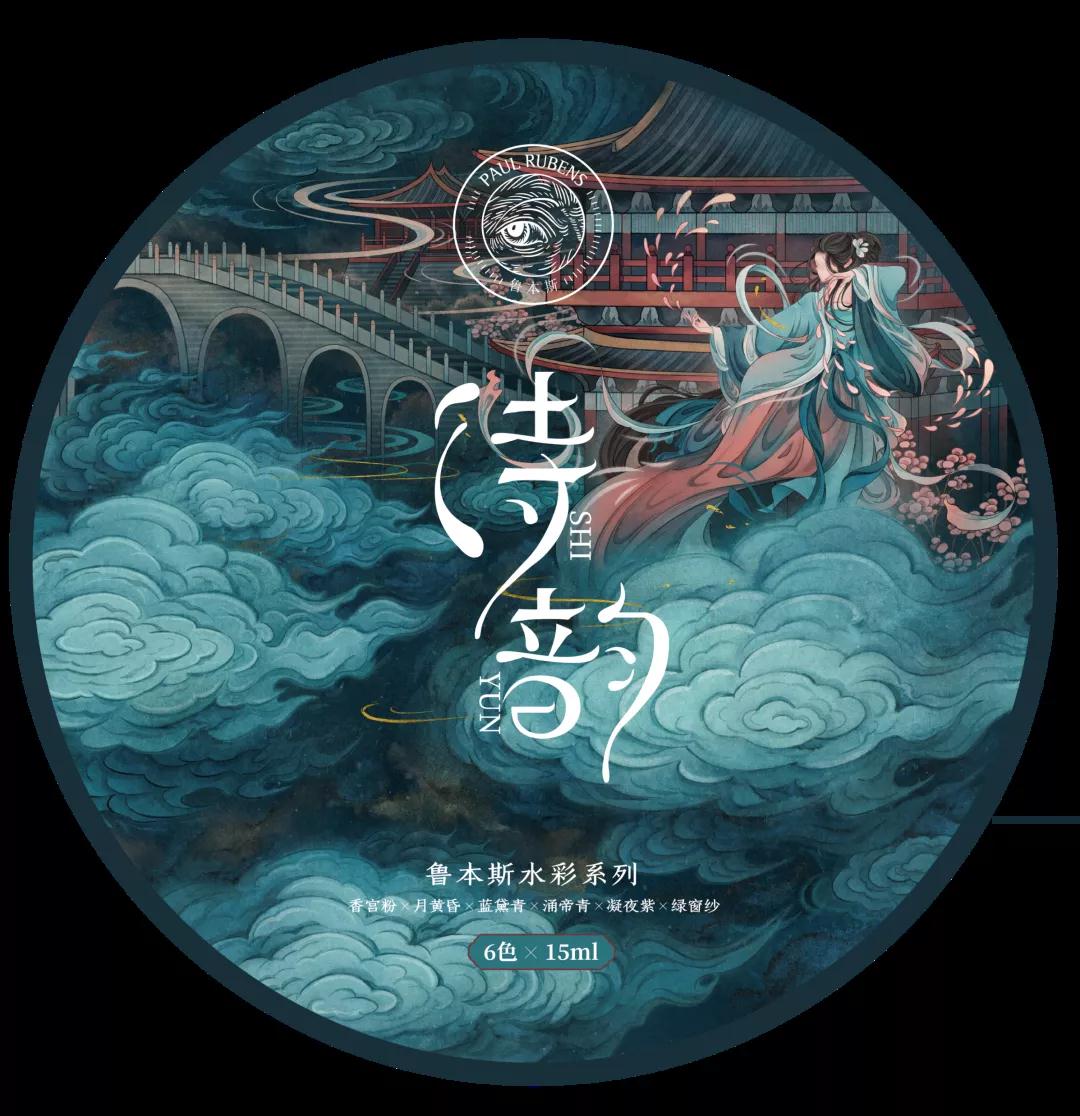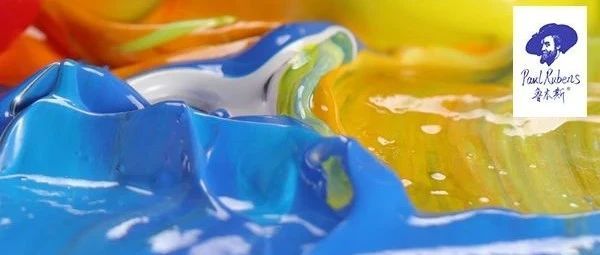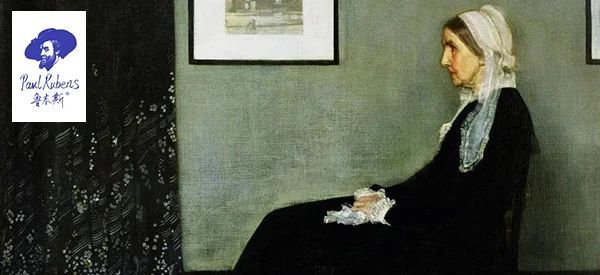Once a colorful black, let countless designers hairline moved back a few centimeters, but if designers have Vermeer, Da Vinci's "divine skills", then the colorful black is too small case.
Do not believe, you see the "girl with a pearl earring" and "the woman holding the silver mouse", which the black, is not colorful, stunning?


From the above, we have to look back at the use of black in oil painting.
The principle of color science tells us that black is the result of the total absorption of color light, while color is the reflection of a certain light color.

Among all the colors, black and white are uncolored, a bipolar group of colors. We have written an article on white oil paints before, and today we will make up this one on black oil paints.

We are familiar with several black, such as: ivory black, coal black, Mas Black (iron black) mixed spelling black, etc., the next will be introduced to you one by one.
Ivory black (PBk9)
Ivory black is a traditional European natural organic black pigment, also called bone black, is a soft, translucent and warm black, stable performance and good light resistance.

The traditional ivory black color is made from roasted ivory, which is composed of carbon, calcium carbonate and a small amount of fat. The use of ivory as a painting pigment has been banned due to strict restrictions on the trade in ivory under the Convention on International Trade in Endangered Species of Wild Fauna and Flora. The vast majority of ivory black pigments are now made from the bones of other animals.
Ivory black is one of the purest black pigments available. Because it is made from animal bones and contains traces of oil and fat, it tends to have a brownish undertone, a warmer tone, and is more transparent than other black pigments. It is also the only black pigment that is suitable for transparent overdyeing and can be mixed with other colors to produce various grays and browns.

The picture above shows the comparison of the base color of Ivory Black thin post-painting and the appearance of the base color after adding Zinc White.

Ivory black has small density, light quality and high oil content, so there is a possibility of cracking when used alone, but a little blending with other colors can avoid cracking when used. Moreover, ivory black has good stability and is not easy to crack after drying.
For example, ivory black and yellow mix can produce landscape green, Rembrandt has used ivory black.

Here we used ivory black mixed with permanent lemon yellow to get the following color

There are some interesting variations in the colors obtained with different specific gravity of ivory black and permanent lemon yellow, with less and less tendency to greenish when yellow is on the high side and black with color tendency when black is on the high side. You can try it if you are interested.
Roman black/coal black (PBk6-PBk7
Coal black, also called charcoal black, is traditionally made from soot after burning pine sticks, coal or grease, and is also called lamp black. The black pigment components named peach black, willow black and candle black in traditional oil paints are also all carbon black. The modern carbon black and lamp black pigments are mostly made from natural gas, petroleum, or coal tar, and are characterized by deep blackness, strong coverage, and moderate warm and cool tones.

Carbon black particle size determines the blackness, the smaller the particle size, the higher the blackness, generally speaking in opaque colors, the smaller the particle size, the bluer the carbon black hue.

Coal black can be divided into slot black, furnace black, rolled black, acetylene black, vegetable oil black, lamp black and thermal cracking black according to the production method; according to the dye index C.I (Colour Index), most carbon black belongs to C.I,77266 (C.I.Pigment Black 6-7), lamp black belongs to C.IPigment Black 6; slot black, furnace black and thermal cracking Pigment Black 7.

The above picture shows the base color of Roman Black and Coal Black of colorants PBk6 and PBk7 and the comparison after the addition of Zinc White.


PBk6's Roman Black has a brownish base color and is mixed with Zinc White to get a light gray color, while PBk7's Coal Black has a stronger black coverage and is mixed with Zinc White to get a bluish cool black color.
German Ten Black / Iron Black / Maas Black (PBk11)
Iron black, or iron oxide black, is a synthetic black pigment with the main component of triiron tetroxide. It has a blueish hue and stable performance. It can be mixed with other color pigments, but due to its strong covering power, care should be taken to control the amount when mixing with other pigments to avoid dirtying the picture and making it unmanageable.

Mars Black is a neutral, fast-drying black with a low transparency that is cooler as a primary color, but warmer when used for mixed coloring due to its warm brown undertones.

The base color of German Vine Black with thin and thick coating and the base color after adding zinc white

After drying, its surface will become dull, and because of its fast drying properties, it is a great black pigment for use as a base color.

PBk11
Black or black-red powder with saturated blue-ink light, of crystalline spinel type, is an adduct of iron oxide and iron trioxide. It is in the form of tiny granules with particle size below 0.1μm, relative density 4.72g/cm3, melting point 1594℃. It has magnetic properties, high coloring power and covering power, good weather resistance, light resistance, atmospheric resistance and durability. Oil absorption is 15-25%.
Mixing black
Some of the black pigments are mixed with black and blue or brown pigments, such as blue black, cold black and warm black, in order to make black with a certain color tendency to meet the requirements of warm and cold color changes, adding other colors also improves the stability and drying speed of simple black. Various oil paint brands have different names for their mixed blacks and different compositions.
These tendentious blacks, when added to white, will give a cool or warm black.

The above several kinds of black in Germany ten black / iron black, coal black close, covering power and coloring power, should pay attention to the use of dosage, to avoid staining unmanageable, and ivory black color close to the raw brown, but high transparency, with its color mixing is not easy to dirty the picture.
Black pigment summary
To sum up, the black colors we use in painting are roughly divided into natural and synthetic ones.
The natural ones are divided into animal black and vegetable black.
Animal black: The raw material is mainly from animal bones, such as ivory black.
Vegetable black: raw materials mainly from plants, such as the traditional coal black and peach black made from pine or peach branches.
Synthetic: Iron black or also called Mas black, the main component is a compound of iron oxide. There is also the perylene black of PBK31.
In addition, carbon black, which plays an important role in black, mainly includes coal black and lamp black.
Among these blacks, natural blacks are usually warmer than synthetic ones (with the exception of blended blacks, which have a controlled color tendency and warm and cold). The weight of natural black pigments is also lighter.
There are usually two ways to test for the dominant shade of black.
One is to squeeze the pigment onto the canvas and scrape it down at once with a squeegee to see the base color, and the other method is to add zinc white.
Of course, if you need to see a more pronounced color change, you can also try adding a titanium white with more covering power, which will also give you some beautiful colors.
After looking at the above common types of black, let's look at the common methods of toning black.
Black blending method
Deep red + matured brown + half of emerald green = warm black
Mature Brown + Plain Blue + Half Emerald Green = Cool Black
Mature brown + emerald green + dark red = neutral black
Plain + Alizarin + Dark Brown = Color Tendency Black
Plain + alizarin red + ochre = black with color tendency
Plain + alizarin red + raw ochre = black with color tendency
Also transparent colors mixed with black add depth to the black, while opaque pigments mixed with black will make the color lighter.
A little more blue or a little more brown and get a cooler or warmer black respectively.
This is the end of this article! The article is rather lengthy, thank you for reading it. Also, if you have a particular favorite color of oil painting, you can customize the color by following .......
You need to leave a photo of the paint name and brand number you need to customize
Then we can customize the color you need for you!

Never worry about buying paints again!!!





